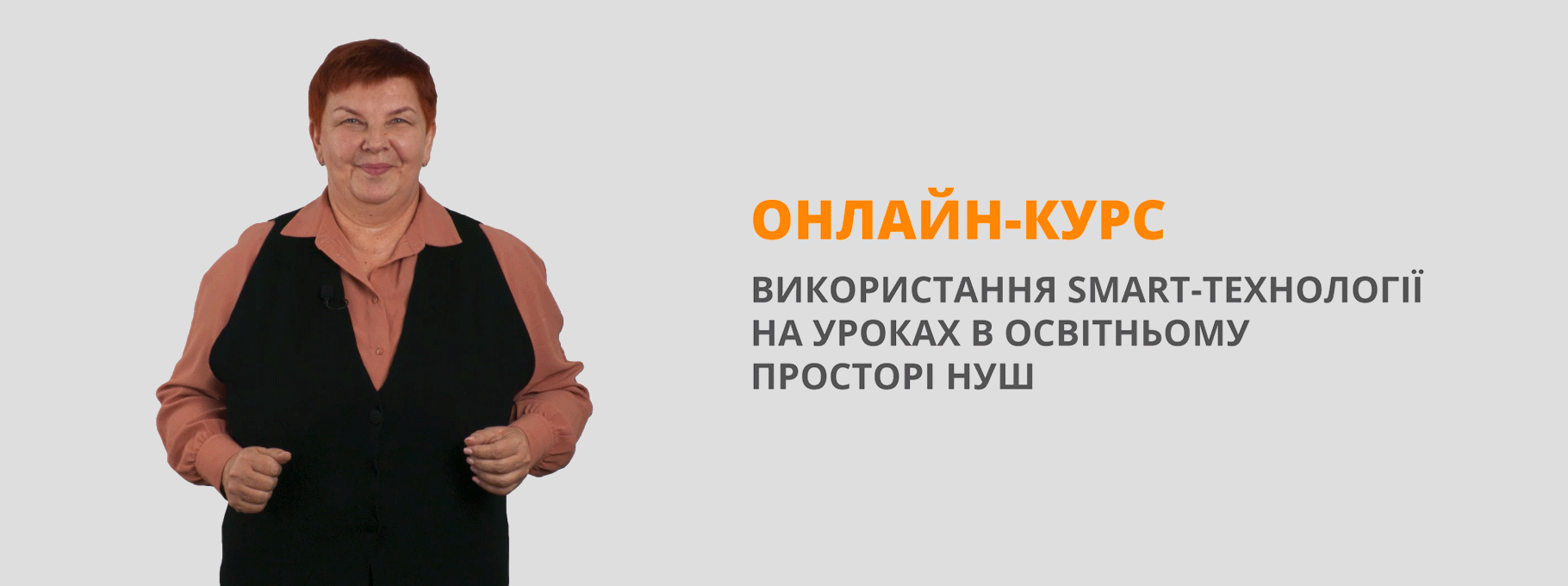Тести "Conditionals"
Theory and history of English
Grammar
Test
The language(speech)levels are:
phonetic/phonological; morphological; lexicological, syntax (minor,major) +
phonic/phonologic; morphic; lexical, syntactical (minor,major)
phonetics/phonology; morphology; lexicology, sentence (minor,major)
phonemic/phonological; morphemic; lexemic, syntaxal (minor,major)
The _______level deals with language and speech units which are the smallest and meaningless
phonological +
morphological
lexicological
syntax-minor
The smallest meaningless unit of speech is called____
Phoneme
Phone +
Morph
Morpheme
The smallest meaningful unit of language is called ______
Phoneme
Phone
Morph
Morpheme +
A variant of a phoneme is_____
Allophone +
Allomorph
Allolexe
Allounit
The morphs that have different forms, but identical meanings are
Allomorphs +
Allophones
Allolexes
Allounits
_____is a language unit of the lexicological level
Lexeme +
Lex
Word
Word combination
What units of the language (speech) have a nominative function?
Lexeme and lex +
Phoneme and phone
Morpheme and morph
Word combination and sentence
Sentences: “I explain the rule” and “The rule is explained by me” are__
Allo-sentences +
Grammatical doublets
Allo-forms
Grammatical similarities
The highest level of language (speech) is
Lexicological
Morphological
Syntax-minor
Syntax-major +
The grammatical category is a more or less _____that lies in the basis of_____
wide grammatical conception; grammatical correlation +
narrow grammatical paradigm; grammatical conception
common grammatical feature; grammatical opposition
unique grammatical notion; grammatical forms
Any material means of expressing a grammatical meaning is a ___
grammatical form +
grammatical paradigm
grammatical category
grammatical feature
“Sing, sang, sung” is the example of___
self-gradation +
sound-interchange
self-organization
sound-imitation
A grammatical meaning cannot be detected and identified without__
a grammatical form +
a grammatical opposition
a grammatical rule
a grammatical paradigm
Choose a line with the analytical forms
was broken, won’t come, will get +
have been asked, is asked, asked
bringing up, more common, didn’t know
better than, is being built, writes back
The analytical form must include at least one___
formal verb +
notional verb
linking verb
irregular verb
In lexis correlation makes separate ____
couples of antonyms +
pairs of synonyms
negative prefixes
archaic and new words
Grammar is part of language that organizes___ and constitutes the ___of language
lexis; structure +
rules; level
categories; paradigm
parts of speech; morphology
A certain language can have only one _____grammar
objective +
subjective
complex
unified
Syntax is concerned with _____
phases and sentences +
words and word combinations
allosentences and allomorphs
parts of sentences and parts of speech
______ belong to the communicative level of language
Morphology
Syntax +
Grammatical paradigm
Grammatical category
What languages express grammatical meanings by auxiliary words?
Analytic +
Synthetic
Kindred
Non-kindred
___included adjectives among the "verbs"
Plato
Aristotle +
D.Thrax
O.Jespenser
____ recognized number (singular, dual, plural)
Plato and Aristotle
Stoics grammarians
Alexandrian grammarians +
Henry Sweet
The first scientific English grammars was written by
Henry Sweet +
Otto Jespenser
Emiliya Morokhovskay
Dionisius Thrax
Ottow Jespenser recognized:
Noun, adjective, pronoun, verb +
Verb, adverb, numeral, participle
Adjective, conjunction, pronoun, verb
Pronoun, noun, numeral, adjective
Articles, prepositions, conjunctions, particles_____ according to E.Morokhovskaya
lexical parts of speech
functional parts of speech +
notional parts of speech
primary parts of speech
Singularia Tantum Nouns include
parts of the world, materials, collective nouns, abstract notions +
parts of the world, remnants, collective nouns, abstract notions
parts of the world, materials, summations nouns, abstract notions
parts of the world, materials, collective nouns, some games
What is true about English gender
Means to show are purely lexical or derivational +
It disappeared by the end of the Old English period
It contains masculine, feminine and neutral gender
all lifeless things in English are of neuter gender
The main means of making the noun definite in English is
to use the definite or indefinite article or any other determiner +
to use the noun in context
to use personal pronouns and numerals
to use demonstrative pronouns and articles “a/an”
Numerals in English are
Cardinal, ordinal, fractional =
Cardinal, ordinal, collective
Indefinite cardinal, fractional
Cardinal, decimal, fractional
In the sentence “He was first” the numeral is a part of__
Compound nominal predicate +
Compound attribute
Compound predicative
Simple numeral
The grammatical form of the English verb finds its expression in
synthetic and analytical forms +
only synthetic forms
only analytical forms
self-gradation and suppletive forms
Verbs are classified on two principles:
morphological and semantical-syntactic +
morphemic and semantical-syntactic
analytical and synthetical
grammatical and lexicological
The categories of person and number of verbs are realized ___
Synthetically +
Analytically
Synthetically and analytically
Very seldom
The finite verb has ___ morphological categories
- + 7 8 4
The category of number marks
demonstrative pronouns, pronoun “one, other, yourself” +
interrogative pronouns, pronoun “somebody, other”
personal pronouns, pronoun “myself, yourself”
possessive pronouns, pronouns “each other, one another”
Pronouns “mine, hers, its, ours, yours, theirs”are__
possessive conjoint
possessive absolute +
relative-possessive
indefinite-possessive
Structural type of pronouns “І myself” is
Complex
Compound
Composite +
Connective
Pronouns “each other, one another” are___
Reciprocal +
Reflexive
Relative
Relative-indefinite
What adjectives have no grading?
Blind, lilac, bay +
Black, smart, bitter
Red, cruel, hungry
Blue, kind, evil
Adjectives “boyish, capable, despotic” are___
Base
Derived +
Compound
Composite
Four basic syntactic units are
a phrase, a clause, a sentence, a text +
a phrase, a paragraph, a sentence, a text
a phrase, a clause, a predicative group, a text
a phrase, a clause, a sentence, a context
Adj+N1 + V + N2 is__
Syntactic form +
Syntactic meaning
Syntactic position
Syntactic relations
Syntactic unit is always a combination of at least __ constituents.
2+
3
4
5
Coordination is a syntagmatic relation of ___
independence between the constituents +
dependence between the constituents
interdependence between the constituents
collaboration between constituents
Primary predication is observed between
the subject and the predicate of the sentence +
nominal elements in the sentence and non-finite forms of the verb
the verb and direct object
notional and functional parts of the sentence
Secondary predication is observed between
nominal elements in the sentence and non-finite forms of the verb =
the subject and the predicate of the sentence
the verb and direct object
notional and functional parts of the sentence
Predicative phrases will include___
gerundial, infinitive, participial constructions +
finite forms of the verbs
active finite forms of the verbs
passive forms and progressive forms
“Have played” is
analytical form of the verb +
a phrase
an absolute tense form
a secondary predication form
“To fall in love “ is
syntactically free combination of words
idiomatically bound collocation +
prepositional phrase
predicative phrase
“A pleasant look” is
Endocentric phrase +
Exocentric phrase
A predicative phrase
A prepositional phrase
“Oxford and Cambridge” is
Endocentric phrase
Exocentric phrase =
A predicative phrase
A prepositional phrase
“For me to answer” is
Subordinate phrase
Coordinate phrase
Predicative phrase =
Prepositional phrase
“To live or to die” is
Subordinate phrase
Coordinate phrase =
Predicative phrase
Prepositional phrase
“Electric car production” is
asyndetic connection +
syndetic connection
equal connection
limited connection
“To like to read and translate English poems” is
Verbal phrase +
Substanvital phrase
Objective phrase
Adjectival phrase
“Two from ten” is
Numerical phrase +
Prepositional phrase
Objective phrase
Adjectival phrase
“Far from that” is
Adverbial phrase +
Prepositional phrase
Objective phrase
Adjectival phrase
“soon asleep” is
Statival phrase +
Adverbial phrase
Adjectival phrase
Substanvital phrase
Types of sentence definition are
classical logical, formal, structural +
common, functional, stereotypical
complex, fundamental, legal
common sense, relevant, figurative
Communicative Types of Sentences are
Statements, interrogative, imperative, exclamatory +
Statements, negative, imperative, exclamatory
Statements, interrogative, impersonal, exclamatory
Statements, interrogative, imperative, vocative
What is NOT TRUE about imperative sentences
reference to the second person
lack of subject
the auxiliary do in negative or emphatic sentences
exclamation mark at the end of every sentence +
What sentence involves the coordination of two or more main clauses?
compound sentence +
simple sentence
complex sentence
composite sentence
What sentence consists of a principal clause and one or more subordinate clauses?
compound sentence
simple sentence
complex sentence +
composite sentence
“Answer!” is
elliptical sentence
one-member sentence +
quasi sentence
composite sentence
“Well?” is
elliptical sentence
one-member sentence
quasi sentence =
composite sentence
“Не can adopt a pet or he can help at an animal shelter” is
compound sentence +
simple sentence
complex sentence
two-member sentence
“What he needed was help” is
complex sentences with a subject clause +
complex sentences with a predicative clause
complex sentences with an object clause
complex sentences with a adverbial clause
“I knew that he loved her”
complex sentences with an attributive clause
complex sentences with a predicative clause
complex sentences with an object clause +
complex sentences with a adverbial clause
“She looked at the picture where she noticed a stain” is
complex sentences with an attributive clause +
complex sentences with a subject clause
complex sentences with an object clause
complex sentences with a adverbial clause
“As she was angry, he didn't interrupt her” is
complex sentences with an attributive clause
complex sentences with a subject clause
complex sentences with an object clause
complex sentences with a adverbial clause +


про публікацію авторської розробки
Додати розробку
